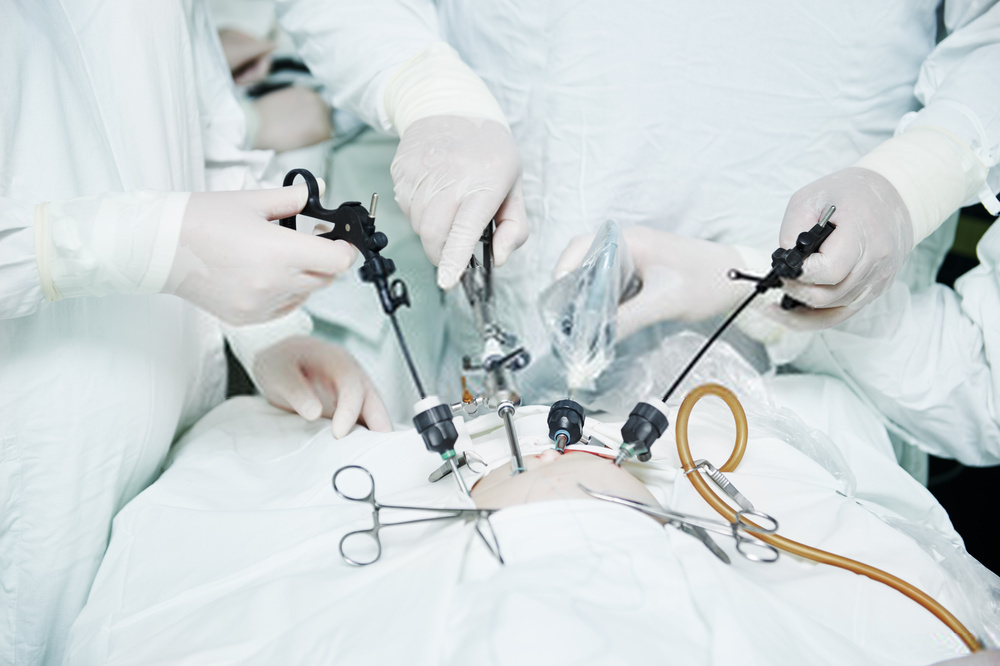
Laparoscopic surgery is a general term for people who have difficulty with it. The problems in our abdomen and mainly the issues with the reproductive system of women are dealt with by a laparoscopic surgeon. I was totally unaware of this skilled type of surgeon until I attended the seminar at the Atia general hospital, Karachi. It was a seminar to make people comfortable while talking about such diseases. The specialists in that hospital made us aware of many issues like ovarian cysts, uterus problems, lymph nodes, severe pelvic pain, ectopic pregnancy, or inflammation of the pelvic region. In this surgery, a laparoscope, a thin tube, is used.
The surgeon makes a small cut and inserts the laparoscope into the abdomen through that cut. Through that seminar, we gathered a lot of useful knowledge. Besides this, they gave us tips to prevent such diseases and methods of taking care of ourselves. Some of the most interesting facts about laparoscopic surgery are detailed below.
Laparoscopic Surgery Facts:
- The credit for laparoscopic surgery cannot be given to a single individual. In 1901, Georg Kelling of Dresden, Germany performed the first laparoscopic procedure in dogs and, in 1910, Hans Christian Jacobaeus of Sweden performed the first laparoscopic operation in humans.
- Most women feel better after having laparoscopic surgery, but in about 20% of the cases, they don’t get any relief. Studies by a laparoscopic surgeon in Karachi show that this surgery increases the probability of having a baby, but it’s just probably not certain.
- After having a laparoscopy, you may feel mild pain and pound in the areas where incisions were made. This pain and pounding lessen within a few days. Prescribed medication from a doctor may relieve the pain. Shoulder pain is also common after having a laparoscopic treatment.
- Laparoscopic surgery usually needs anesthesia for having surgery, which can cause a sore throat upon waking up, it’s considered a drawback of this treatment. Air Pockets under the diaphragm may form carbon dioxide that results in making the incisions bigger.
- Bit by bit, increase the amount you walk. It helps to boost blood flow and to prevent pneumonia and constipation. Strenuous activities should be avoided such as bicycle riding, jogging, weight lifting, or aerobic exercise until allowed by a doctor. Avoid lifting anything that could cause strain.
- The patients think of laparoscopic surgery as minor surgery, it is major surgery with the potential for major complications including visceral injury and bleeding, injury to the bowel, or injury to the bladder.
- Laparoscopic surgery is as safe as traditional open surgery. At the beginning of a laparoscopic operation, the laparoscope is inserted through a small incision near the umbilicus. The abdomen is examined by the surgeon to tell whether laparoscopic surgery is safe.
- The cost of a Diagnostic Laparoscopy ranges from $6,539 to $9,360. However, costs can be saved by making comparisons.
- Full internal recovery needs about two weeks to allow for healing. Vaginal bleeding is seen in some women for a month after surgery. The menstrual cycle may be off for a few weeks, and when returns to normal, the woman may be subjected to heavier bleeding and more discomfort than before. Experiencing vaginal bleeding up to one month after laparoscopy is normal.
- The uterus can be removed through an open incision in the lower abdomen, through the vagina, or with a laparoscopic technique in which the uterus is removed through a few small incisions made in the abdomen. Each option has its own pros and cons and recovery time varies depending on the method used.
- Loose dresses without any elastic at the waist should be worn. Wear bikini underwear to protect the navel after the procedure from rubbing. You should preferably wear larger-sized panties than you usually wear; they will be more comfortable if your abdomen swells.
- The healing time in laparoscopic surgery is shorter as compared to open surgery and the scars are also comparatively smaller. This procedure may be performed by a gynecologist, general physician, or another specialist.
- If you do not become pregnant within 12 to 18 months following surgery, laparoscopy may be done again to check the condition of your fallopian tubes or you may be referred to Vitro fertilization (IVF).
Conclusion:
Every disease, whether mild or chronic, must be prevented. We should avoid eating spicy foods and other junk. Some habits like consuming alcohol or smoking cigarettes must be steered away. If neglected, it can lead to mild cramping and many severe issues.



